Dedication of the Sheikh Zayed Tower and the Charlotte R. Bloomberg Children’s Center
Remarks for Ronald J. Daniels
1800 Orleans Street
Thank you, Peter. In his characteristically modest way, Peter seems to have overlooked one of his other accomplishments since that fateful white envelope arrived from Hopkins – he is, of course, the recipient of the 2003 Nobel Prize in Chemistry.
Most of you have seen John Singer Sargent’s iconic portrait of “The Four Doctors” that adorns the back wall of the West Reading Room of the Welsh Medical Library. The four founding physicians of our medical institutions, William Welsh, William Halsted, William Osler, and Howard Kelly, are seen gathered around a dark wooden table. They look pensive, their gaze fixed firmly ahead.
The image is remarkable for a number of reasons, but one that is often overlooked is that Sargent declined to include a single medical instrument in the composition. Instead, the setting in which the four were painted, in fact Sargent’s London studio is filled with the symbols of the humanism that marked and defined these men and fueled their landmark achievements in medicine.
And so the portrait depicts an outsized globe, an El Greco painting, a quill in Osler’s hand, and a book later identified as a 1515 edition of Petrarch’s poems.
These symbols that are found in this portrait are fitting. The grand project that these four men pioneered at Johns Hopkins did not spring exclusively from the field of medicine, but was imbued with insights gleaned from the natural sciences, from arts and letters, and the social sciences, all of which were gloriously represented in our young university.
In this way, our School of Medicine and Hospital became places that not only sought to cure the physical afflictions that plagued us but aimed to acknowledge and understand the joy and despair, the achievement and aspiration that lie at humanity’s core.
There is little doubt that in true Hopkins tradition, the buildings beside us will always be, as Ed Miller said, sights of imaginative basic and clinical research that will stand at the very forefront of medical advancement. But they will also be places of humanity, nourished by the spirit of collaboration and truth-seeking that knits our university together. And for that, we are deeply fortunate.
It is, of course, clear that our great cause is not confined by the constraints, by the limitations of geography. The community we call Hopkins extends beyond Baltimore. It encompasses and connects people across the globe.
Today I have the very distinct honor of introducing His Highness, Sheikh Zayed bin Sultan bin Khalifa Al Nahyan.
Sheikh Zayed is the great-grandson of the late Sheikh Zayed, for whom this tower is named.
His presence today symbolizes in a very tangible way the power of good and noble ideas to link people across the world.
I am grateful that Sheikh Zayed is joined today by his father His Highness Sheikh Sultan bin Khalifa Al Nahyan and His Excellency, the United Arab Emirates Ambassador to the United States, Yousef Al Otaiba.
And of course, their presence represents the generosity and support of people who were not able join us here today, including the President of the United Arab Emirates, His Highness Sheikh Khalifa bin Zayed Al Nahyan, and the Crown Prince of Abu Dhabi, His Highness Sheikh Mohamed bin Zayed Al Nahyan.
The relationship between Johns Hopkins and the UAE began several decades ago. Since that time, it has grown to include not only compassionate care, but acts of great, indeed extraordinary, benefaction, an alliance that we are confident will shape the future of medicine in the Emirate.
We are grateful for this relationship and delighted that Sheikh Zayed agreed to speak at today’s celebration.
Sheikh Zayed?





